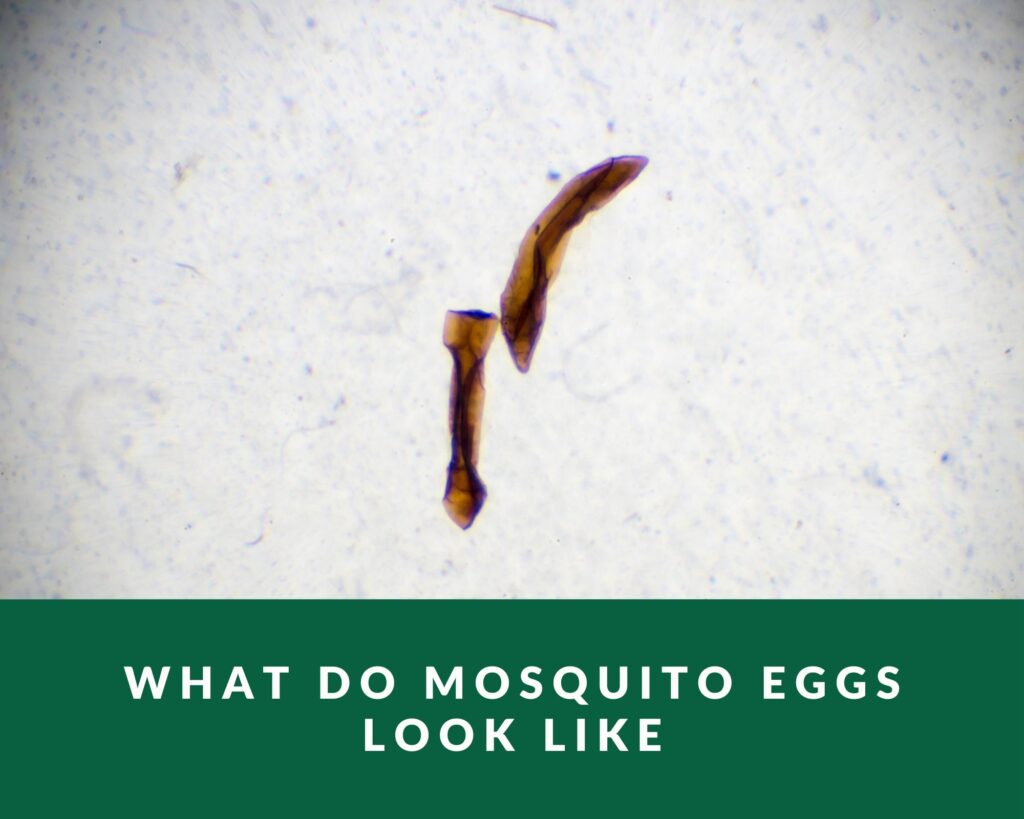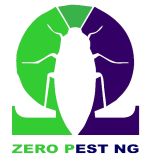
In the summer, it’s practically difficult to go outside without encountering mosquitoes and getting bitten, which may be extremely itchy. Being able to recognize what mosquito eggs look like would mean an escape from their possible dangers.
With more than 3000 species, mosquitoes are an essential component of the ecology, despite how unpleasant their bites may be. The first step to living in a mosquito-free environment is to spot mosquito eggs as soon as possible.
A Quick Look At How Mosquito Eggs Become
All mosquito eggs must have water to develop. Most species prefer slow-moving or stagnant water in which to lay their eggs. Mosquitoes can complete their life cycle within 7 to 10 days during the summer months. Eggs hatch within 48 hours and larvae and pupae live in the water for about a week. Adult, female mosquitoes lay their eggs on the inner, wet walls of containers with water, above the waterline.
Generally, mosquitoes lay up to 100 eggs at a time. These eggs are usually very hardy; they stick to the walls of a container and can survive drying out for up to 8 months. It does not take much water to attract a female mosquito. Bowls, cups, fountains, tires, barrels, vases and any other container storing water makes for a great “nursery.”
The life cycle stages can easily be seen in the water
What mosquito eggs look like
Mosquito eggs are initially white, but they soon become dark within a day or two of being laid. The majority of species’ eggs are visible to the human eye, apart from the Anopheles species, which has floats linked to each side of its eggs. Under magnification, however, it is possible to see that the shapes of the eggs of various species vary, ranging from canoe-shaped to elongated or elongated oval in shape, placed in numbers ranging from 50 to plenty of hundred.
The incubation period—the amount of time between ovulation and the preparation to hatch—depends on environmental conditions as well as genetic makeup and varies greatly between species. The temperature, salinity, and oxygen content are carefully considered by the females before choosing the spot.
On damp oil or other wet surfaces, several species that reproduce in floodwaters and containers lay their eggs. After being flooded, these eggs may hatch shortly afterward or they may stay dormant for a year or longer. Eggs are the overwintering stage in several species.
These dormant eggs gather over time and eventually perish from persistent ovulation by blood-fed females. They hatch along with more freshly laid eggs when briefly under water. In this approach, populations can quickly reach vast numbers. They also favor water that is protected from the wind by vegetation and grass.
What threats do mosquito pose
The blood of mammalian species, including humans, is what mosquitoes bite and feed on. Since they feed on such a diverse range of people and animals, mosquitoes can carry and spread a wide range of serious diseases. The illnesses that mosquitoes transmit and spread include encephalitis, yellow fever, dengue fever, malaria, and yellow fever.
West Nile virus, which has recently become a major problem in Africa, is also carried by mosquitoes. Flu-like symptoms can be the first sign of the West Nile virus and, if untreated, can result in high fevers, weakness, confusion, and even coma.
Mosquitoes may be pretty annoying while trying to spend time outside in addition to spreading diseases. Their buzzing can rapidly drive you indoors while their bites can result in huge, painful blisters on your skin.
How to get rid of mosquitoes at home
- Eliminate locations with standing water.
- During a downpour, empty tires, flowerpots, pool covers, and baby pools are seen.
- Bird bath water needs to be changed on a frequent basis as well.
- If you’re outside, always wear long sleeves, long pants, and mosquito repellent to safeguard your skin from mosquitoes because they are most active at dusk and dawn.
- Since mosquitoes are not strong flyers, bringing a small fan along to outdoor activities may also help minimize mosquitoes. When heading outside, it’s crucial to use an effective bug repellent and wear protective gear.
- The majority of counties have implemented a programme to reduce local mosquito populations and aid in public safety. These efforts often entail capturing mosquitoes and evaluating them for known infections in various locations. This aids in keeping track of disease transmission and alerting locals to potential dangers. County programs might also have strategies for routine fumigation or spraying to get rid of adult mosquitoes.
Conclusion
The blocking of the mosquito life span is an efficient strategy to reduce transmission of disease since mosquitoes transmit a variety of disease-causing substances. The egg is the stage of life that is least understood, and knowledge of it can help develop cutting-edge mosquito control methods.

